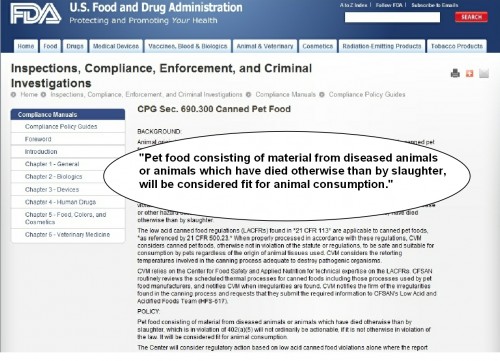Quick Links
- Barf Home Page
- About Raw Dog Food
- Life's Abundance Dog Food
- Le Chef Pompon Homemade Soap & Candles
- Contact Us
![]()
 BARFProducts.com
BARFProducts.com
Pet Food the Way Nature Intended!
“Let medicine be your food and food your medicine has been the catch cry of dedicated healers down the ages". - Barf World
The sad truth is that prepared pet foods help provide patients for vets.
Commercially processed pet foods are full of indigestible and inappropriate grain based fibers that are used as cheap fillers with barely adequate levels of important vitamins. These fibers bind and make unavailable essential nutrients and are almost completely absent of biologically appropriate nutrition.
Dog Food Kibble Extrusion
Extrusion is a process that has been used by the pet food industry for over 50 years. About 95 percent of dry pet diets are manufactured using the extrusion process. It is not possible to create a kibble or canned food without cooking them.
Batches of ingredients are mixed, sheared and heated under high pressure. They are then forced through a spiral shaped screw and then through the die of the extruder machine, cut into desired shape and dried.
The high temperature used in extrusion (nearly 400°F) and the short time frame to process (under five minutes) create continuous chemical and physical alterations to the ingredient mixture. The process can induce both protein denaturation and starch gelatinization under some conditions. Ingredients in commercial pet foods are in large part inferior. Read More On Extrusion
"This high temperature, short time processing technology causes chemical and physical changes that alter the nutritional and physical quality of the product." Read Informative article on the effects of extrusion on dry canine diets
Grains such as corn, wheat, and rice, as well as nuts and legumes, are often contaminated with molds, either pre- or post-harvest, as a result of poor growing conditions or substandard or extended storage. These molds can easily grow and produce a very potent carcinogen (aflatoxins). The aflatoxins are very stable and high temperature processing steps will not render them benign.
Storage of kibble is problematic in that, when exposed to moisture or air it begins to quickly break down.
On 4/30/2019 the FDA publicly stated:
“We do not believe that the use of diseased animals or animals that died otherwise than by slaughter to make animal food poses a safety concern and we intend to continue to exercise enforcement discretion where appropriate.”

Whole Chicken (or other meat) - Clean combination of flesh and skin with or without accompanying bone, derived from parts of whole carcasses of chickens thereof, exclusive of feathers, heads, feet and entrails.
Chicken Meal (or other meat) - Chicken meal is ground up chicken meat that has been carefully dried to a moisture level of10%. The protein content is 65%and the fat level is 12%. Regular chicken contains about 70% water with 18% protein and 5% fat.
Chicken By-products (or other meat) - Chicken by-product meal consists of the ground, rendered, clean parts of the carcass of slaughtered chicken, such as necks, feet, undeveloped eggs and intestines, exclusive of feathers, except in such amounts as might occur unavoidable in good processing practice.
Tocopherols - Natural preservatives usually made from anti-oxidants — like vitamins C or E.
"Animal" Digest - digest is produced by the chemical or enzymatic hydrolysis (the chemical breakdown of a compound due to reaction with water) of clean animal tissue that has not undergone decomposition. The animal tissue may not include hair, horns, teeth, hooves, and feathers, with the exclusion of trace amounts that are unavoidable even after acceptable processing method.
![]()
4172 Caledonia Drive
San Diego, California 92111
1-760-270-8284
Monday-Friday: 8-5 PM, PST
Raw Dog Foods do not require any added ingredients and have been prepared with the proper blend and balance of ingredients. The BARF® Diets are AAFCO certified complete and balanced. Easy and convenient too ~ Just thaw and serve!